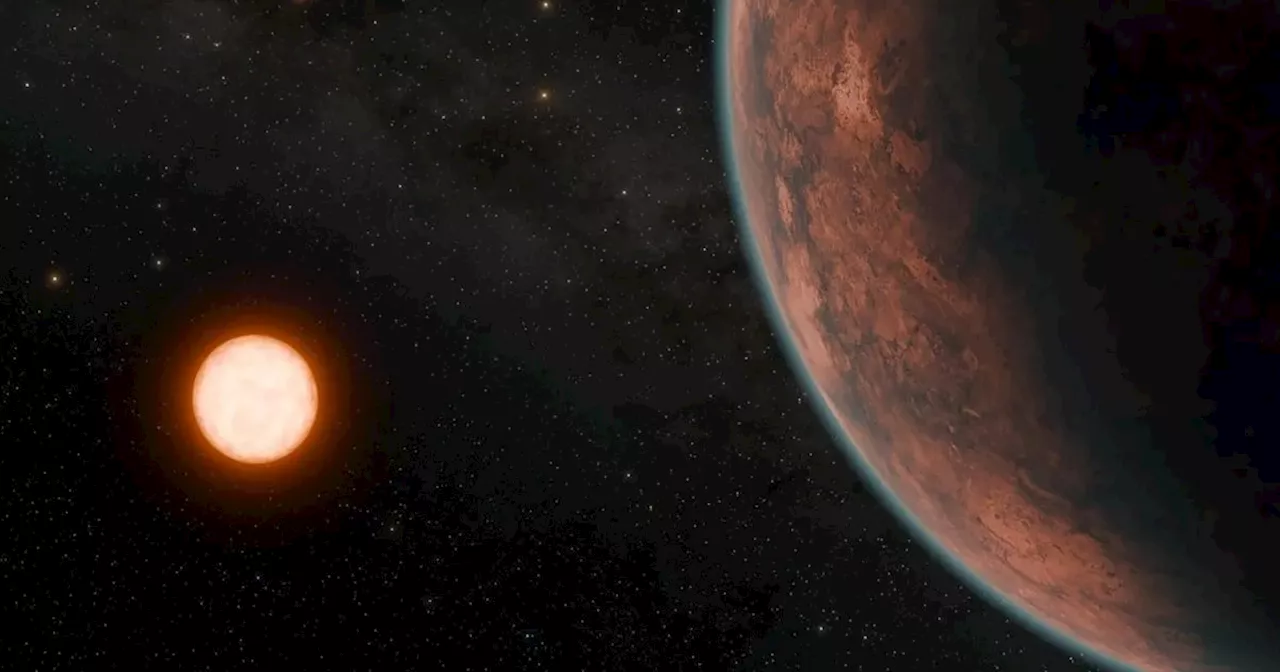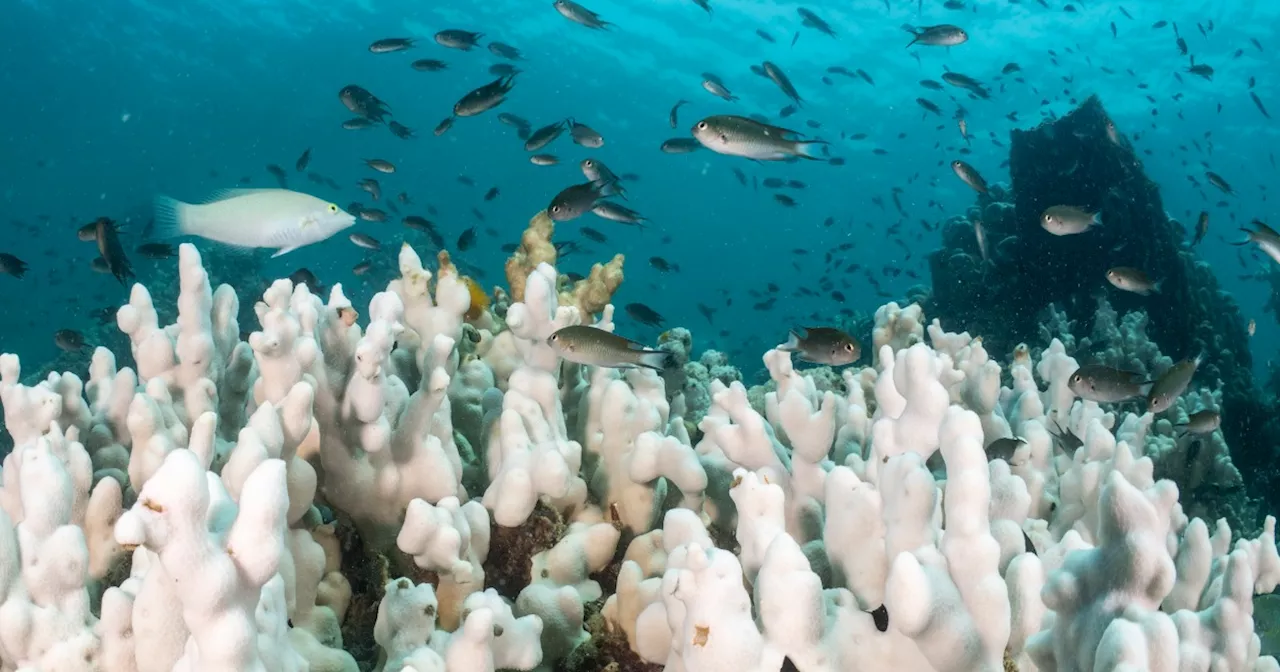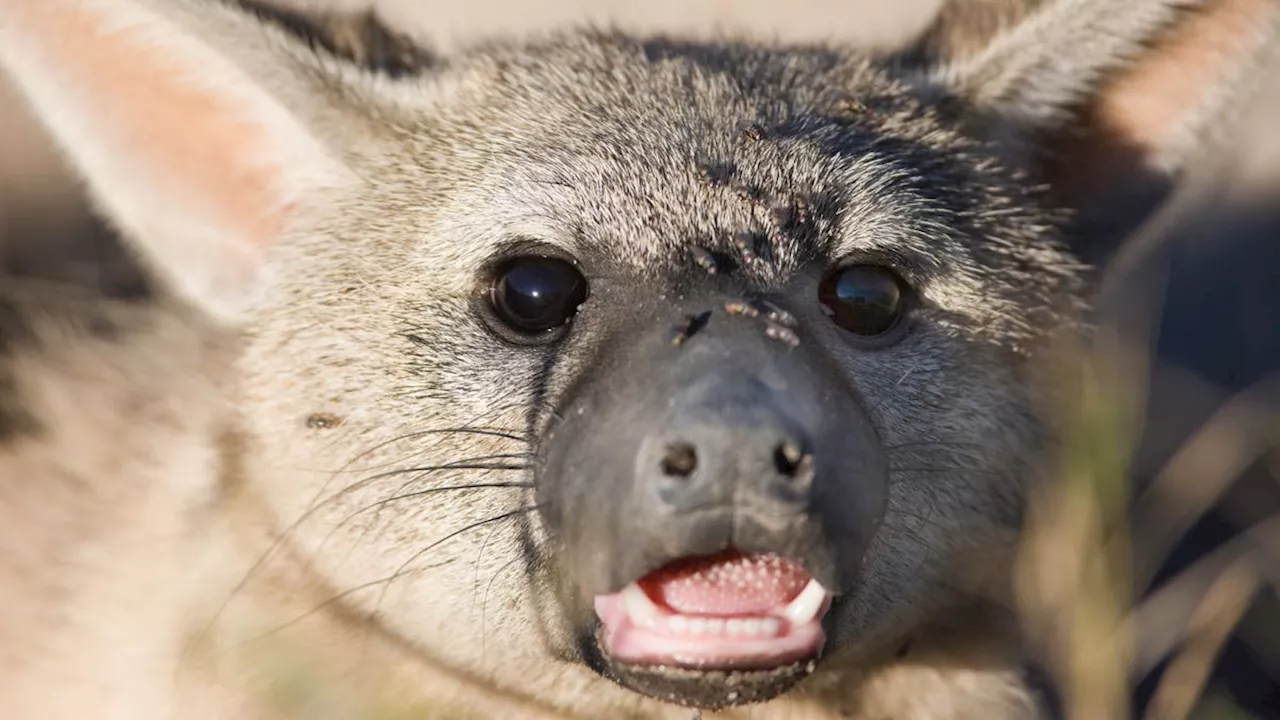Hannah Osborne is the planet Earth and animals editor at Live Science. Prior to Live Science, she worked for several years at Newsweek as the science editor. Before this she was science editor at International Business Times U.K. Hannah holds a master's in journalism from Goldsmith's, University of London.
What it eats: Termites and ants
Aardwolf tongues are broad and rounded, with big, hardened papillae, or the bumps on the tongue that contain taste buds. The sand they lap up with the termites helps the hyenas' digestion. By submitting your information you agree to the Terms & Conditions and Privacy Policy and are aged 16 or over.Aardwolves, which translates as"earth wolves" in Afrikaans, are the smallest of the four hyena species, measuring 22 to 31 inches long and up to 20 inches tall. Unlike spotted hyenas and striped hyenas , aardwolves don't live in packs and only come together to mate and rear young.
Scientists aren't sure how aardwolves first evolved. The species' complete departure from its living relatives and extinct ancestors means it's a"ghost lineage," according to a 2022 statement from Berkeley News. The species is believed to have emerged about 15 million years ago, based on genetic divergence from other hyena species, but the earliest fossils resembling the species date to just 4 million years ago.
United States Latest News, United States Headlines
Similar News:You can also read news stories similar to this one that we have collected from other news sources.
 When Science Fiction Becomes Science Fact: The AI DilemmaScience, Space and Technology News 2024
When Science Fiction Becomes Science Fact: The AI DilemmaScience, Space and Technology News 2024
Read more »
 Potentially habitable Earth-size planet discovered 40 light-years awayDenise Chow is a reporter for NBC News Science focused on general science and climate change.
Potentially habitable Earth-size planet discovered 40 light-years awayDenise Chow is a reporter for NBC News Science focused on general science and climate change.
Read more »
 Extreme heat hits Texas and Florida early in the seasonDenise Chow is a reporter for NBC News Science focused on general science and climate change.
Extreme heat hits Texas and Florida early in the seasonDenise Chow is a reporter for NBC News Science focused on general science and climate change.
Read more »
 Massive study of 8,000 cats reveals which breeds live longestSkyler Ware is a freelance science journalist covering chemistry, biology, paleontology and Earth science. She was a 2023 AAAS Mass Media Science & Engineering Fellow at Science News. Her work has also appeared in Science News Explores, ZME Science and Chembites, among others. Skyler has a Ph.D. in chemistry from Caltech.
Massive study of 8,000 cats reveals which breeds live longestSkyler Ware is a freelance science journalist covering chemistry, biology, paleontology and Earth science. She was a 2023 AAAS Mass Media Science & Engineering Fellow at Science News. Her work has also appeared in Science News Explores, ZME Science and Chembites, among others. Skyler has a Ph.D. in chemistry from Caltech.
Read more »
 World's oceans have gone 'crazy haywire,' with majority of coral reefs in perilDenise Chow is a reporter for NBC News Science focused on general science and climate change.
World's oceans have gone 'crazy haywire,' with majority of coral reefs in perilDenise Chow is a reporter for NBC News Science focused on general science and climate change.
Read more »
 Cities look for new ways to keep people safe — and alive — as extreme summer heat loomsDenise Chow is a reporter for NBC News Science focused on general science and climate change.
Cities look for new ways to keep people safe — and alive — as extreme summer heat loomsDenise Chow is a reporter for NBC News Science focused on general science and climate change.
Read more »
